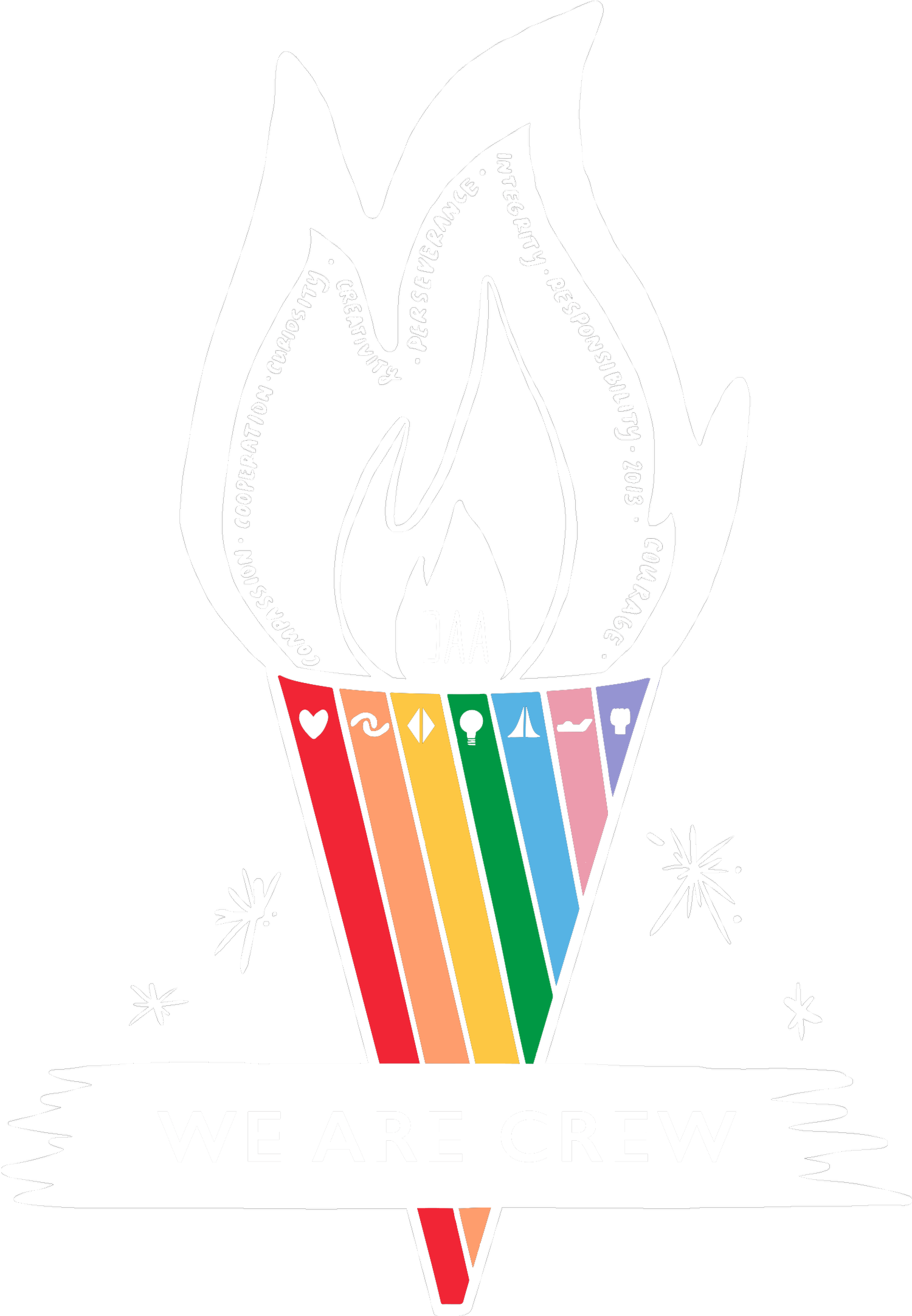2nd Grade Crew // Guided Reading
#block-yui_3_17_2_1_1505318029288_199901 .sqs-gallery-block-grid .sqs-gallery-design-grid { margin-right: -20px; }#block-yui_3_17_2_1_1505318029288_199901 .sqs-gallery-block-grid .sqs-gallery-design-grid-slide .margin-wrapper { margin-right: 20px; margin-bottom: 20px; }
One important aspect of any literacy program is guided reading! Students are put into small groups based on skills and levels to help differentiate and individualize instruction. These groups meet with a teacher during centers. Students love the hands on learning, feel connected with the members of their group, and enjoy being able to learn so closely with their teacher.
Groups are often given color, shape or animal names. This helps identify groups with giving stigmas or labels that might discourage below grade level groups. In our second grade crew we have a red, green, blue and yellow group!
Groups typically have 3-5 students. Small sizes ensure that students receive highly individualized instruction and work with books that are exactly at the appropriate challenging level. Typically there are several structures set in place.
First, all the students read quietly to themselves. Studies have shown that round robin reading, where one student reads at a time while others listen, is one of the least effective ways to teach reading. Choral reading is something that is sometimes beneficial, but doesn’t allow students to create and understand their own reading rhythm. Rather than reading one page and listening to three other students, all the students read as many pages as they can, at their own pace and speed. In our crew, all students read quietly to themselves for three to five minutes. While they are reading, the teacher focuses in on one student in particular each day, taking anecdotal notes and a running record to find specific strengths and weaknesses. This helps identify future teaching points to ensure every student is growing and receiving differentiated instruction, no matter their level!
Depending on the level, we then discuss the text and finish it together, discussing important genre elements. We then go over a specific reading strategy, like monitoring comprehension, and the students model and practice with each other.
Higher level groups may focus on vocabulary words, while younger groups focus on spelling patterns, sorting, and phonetics. In our second grade crew, all students love using our whiteboard table! It’s fun and educational for our crew members to be able to draw on a table.
One of the last structures is to play a game! Lower level groups may play sight word games, while higher level groups may play games with character traits and academic vocabulary. Students absolutely adore playing these games and being in these groups! Incorporating fun into reading is a must. In the game below, students are playing the sight word game “Go to the Movies”. They pick up and identify sight words. If they get it right, they get to keep it! If they get a soda pop, they lose their turn, and if they get a movie night, they get an extra turn. Simple games can turn routine learning into energizing and motivating experiences.
Having a variety of experiences in these highly individualized groups helps students to be appropriately challenged at their own level, while becoming stronger readers and find the joy of reading.




